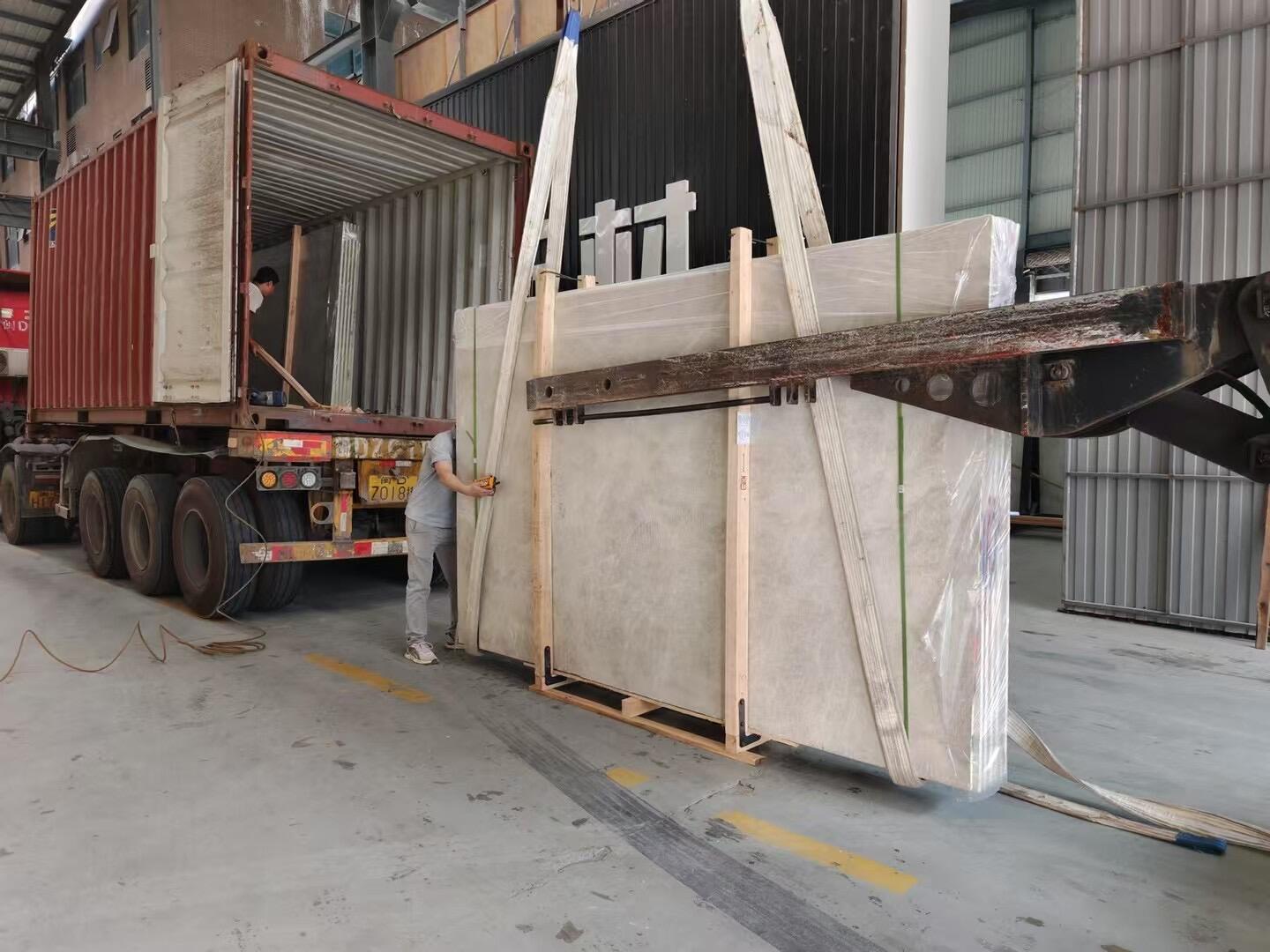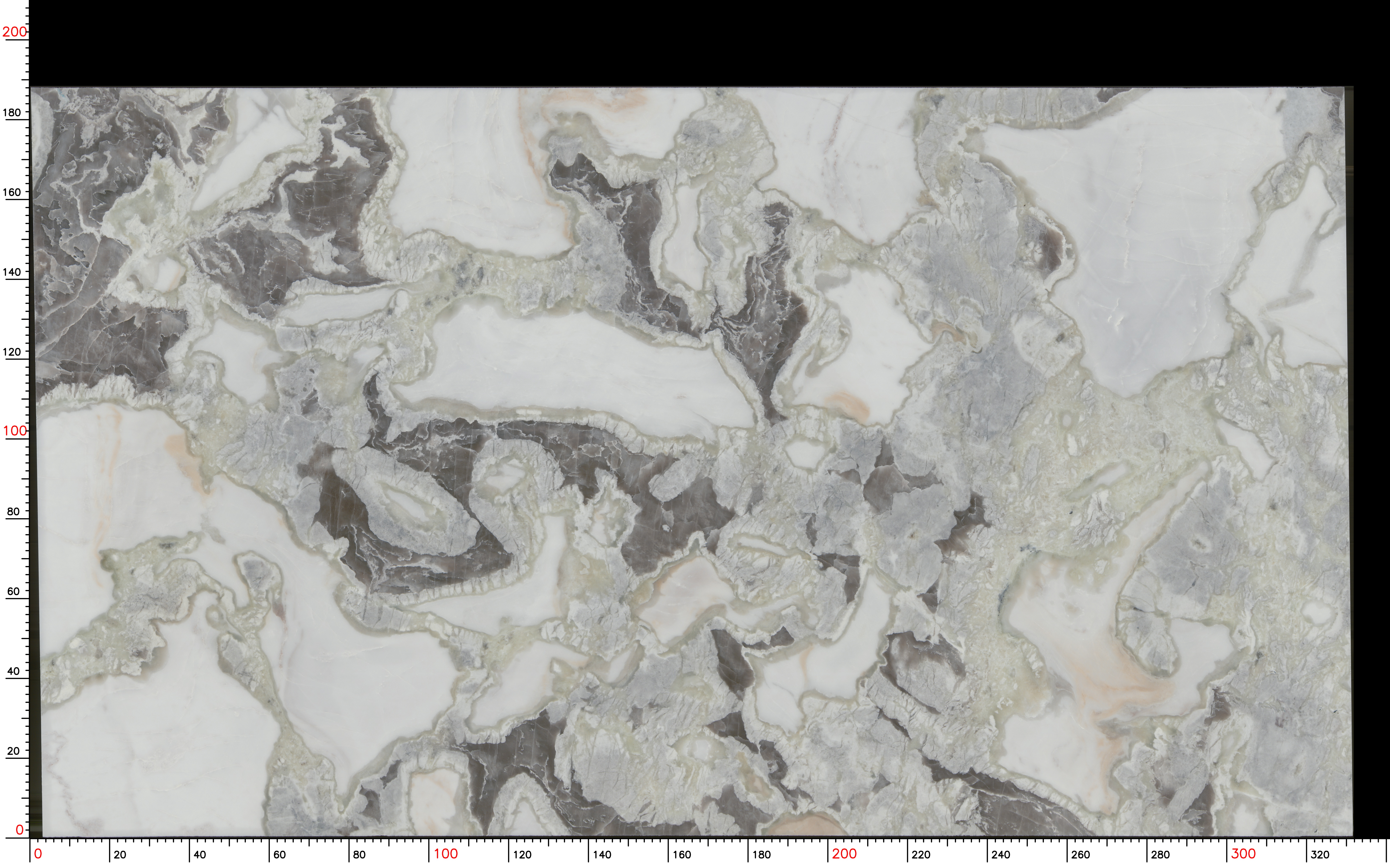A Simple Guide to Choosing the Best Quartzite Countertop Slab for Your Kitchen
Quartzite countertop slabs have become a top choice for modern kitchens, and it’s easy to see why. This natural stone blends the elegance of marble with the durability of granite, making it both beautiful and practical for busy spaces. But with so many options—each slab unique in color, pattern, and quality—choosing the right one can feel overwhelming. This guide breaks down the process into simple steps, helping you pick a quartzite countertop slab that fits your kitchen’s style, needs, and budget.
What Is a Quartzite Countertop Slab?
First, it’s important to know what quartzite is—and what it’s not. Quartzite is a natural stone formed when sandstone is heated and pressed deep underground, turning into a hard, crystalline rock. It’s often confused with quartz (a man-made material), but quartzite is 100% natural, with each slab one-of-a-kind.
Quartzite countertop slabs are prized for their strength: they’re resistant to scratches, heat, and stains (when sealed), making them ideal for kitchens. Unlike marble, which etches easily from acidic spills, quartzite holds up better to daily use. And unlike granite, it often has softer, more elegant veining, giving kitchens a high-end look without sacrificing durability.
Step 1: Consider Your Kitchen’s Style
Your quartzite countertop slab should complement your kitchen’s design, from cabinets to wall colors. Here’s how to match the stone to your style:
- Modern/Contemporary: Look for quartzite with clean, bold patterns. Slabs with white or light gray bases and thick, dark gray veins (like Taj Mahal or Super White quartzite) pair well with sleek white or black cabinets. A polished finish adds to the modern feel.
- Traditional: Warm-toned quartzite (beige, cream, or gold bases with soft brown veins) works best. Try slabs like Santa Cecilia or Colonial White, which complement wood cabinets and classic hardware (brass, bronze). A honed (matte) finish adds a timeless touch.
- Rustic/Industrial: Choose quartzite with rugged textures or earthy tones. Slabs with red, brown, or green undertones (like Azul Macaubas) pair with reclaimed wood cabinets or metal accents. A leathered finish (slightly textured) enhances the rustic vibe.
Pro tip: Bring samples of your cabinet color, paint swatches, or even a photo of your kitchen when shopping for slabs. This helps you visualize how the quartzite will fit.
Step 2: Look at Color and Pattern
Quartzite countertop slabs come in a wide range of colors and patterns, each with its own personality. Here’s what to know:
- Colors: Common shades include white, gray, beige, cream, and even blues or greens. White and light gray slabs make kitchens feel bright and spacious—great for small rooms. Beige and cream add warmth, ideal for kitchens with lots of natural light. Bold colors (like blue quartzite) make a statement but work best as accents (e.g., a kitchen island).
- Patterns: Patterns range from subtle (fine, wispy veins) to dramatic (thick, sweeping lines). Busy patterns hide stains and scratches better than solid colors, making them good for families. Simple patterns, on the other hand, let other elements (like backsplashes or decor) stand out.
Remember: No two quartzite slabs are identical. What you see in a photo or sample may not match the full slab. Always visit a stone yard to view the entire slab before buying—this ensures you love the overall pattern, especially how veins flow across the surface.
Step 3: Check the Slab’s Quality
Not all quartzite countertop slabs are created equal. Poor-quality slabs may have flaws that affect durability or appearance. Here’s what to inspect:
- Cracks or Chips: Run your hand over the slab’s surface and edges. Small cracks (even hairline ones) can worsen over time, especially with heavy use. Avoid slabs with visible chips—they’re harder to repair.
- Porosity: Quartzite is less porous than marble but still needs sealing. Ask the supplier to test a small area with water: if it absorbs quickly, the slab is more porous and may need more frequent sealing.
- Consistency: Look for even coloring. While variation is normal, drastic color shifts (e.g., a dark spot in an otherwise light slab) can be distracting. Check the entire slab, including corners and edges, as these areas are often cut off during installation.
If you’re unsure, ask the supplier for a quality report. Reputable dealers will share details about the slab’s origin (most high-quality quartzite comes from Brazil, India, or the U.S.) and any treatments it has undergone (like resin filling to seal pores).
Step 4: Choose the Right Finish
The finish of your quartzite countertop slab affects both look and maintenance. Here are the most common options:
- Polished: The most popular finish, with a shiny, reflective surface that brings out the stone’s colors and veining. It’s easy to clean but shows fingerprints and water spots more. Great for formal or modern kitchens.
- Honed: A matte, smooth finish that reduces shine. It’s more casual and hides smudges better than polished, but it’s slightly more porous (needs sealing more often). Ideal for families or rustic styles.
- Leathered: A textured finish with a soft, bumpy surface. It hides scratches well and adds grip (good for preventing dishes from sliding). It’s low-maintenance but harder to clean (food can get stuck in texture). Perfect for industrial or outdoor kitchens (covered areas).
Consider your lifestyle: polished finishes work best in low-traffic kitchens, while leathered or honed finishes suit busy homes.

Step 5: Decide on Thickness
Quartzite countertop slabs come in standard thicknesses: 2 cm (about ¾ inch) and 3 cm (about 1¼ inches). Your choice depends on your kitchen’s needs and style:
- 2 cm Slabs: Thinner and lighter, these are often cheaper and easier to install. They work well for small countertops or when paired with a plywood backing for extra support. However, they may not look as substantial on large islands.
- 3 cm Slabs: Thicker and more durable, they add a luxurious, solid look—great for kitchen islands or statement countertops. They don’t need backing, reducing installation time. They cost more but last longer, making them a good investment for high-use kitchens.
For most kitchens, 3 cm is preferred—it balances durability and appearance. If budget is a concern, 2 cm works for smaller areas like bathroom vanities, but 3 cm is better for kitchen countertops.
Step 6: Set a Budget
Quartzite countertop slabs vary in price, depending on quality, rarity, and origin. On average, you’ll pay $60–$150 per square foot, including installation. Here’s what affects cost:
- Rarity: Rare colors (like blue or green quartzite) cost more than common shades (white, beige).
- Quality: Slabs with few flaws (no cracks, even coloring) are pricier.
- Origin: Imported slabs (e.g., from Brazil) may cost more due to shipping.
To save money:
- Choose a more common color (white or beige).
- Opt for a 2 cm slab if possible (for smaller areas).
- Buy from a local stone yard to avoid high shipping fees.
Remember: Quartzite is a long-term investment. Spending a bit more on a high-quality slab can save you money later—you won’t need to replace it as soon as a cheaper, lower-quality option.
Step 7: Plan for Installation
Even the best quartzite countertop slab needs proper installation to last. Here’s what to do:
- Hire a Pro: Quartzite is heavy and brittle, so installation should be done by experienced professionals. Ask for references and examples of their past work with natural stone.
- Measure Twice: Ensure the installer takes precise measurements, including overhangs (typically 1–1.5 inches for countertops, 10–12 inches for islands). Mistakes here can lead to ill-fitting slabs.
- Prepare the Cabinets: Cabinets must support the slab’s weight (3 cm quartzite weighs about 18–20 pounds per square foot). Installers may add plywood or braces to reinforce weak areas.
How to Care for Your Quartzite Countertop Slab
Once installed, proper care keeps your quartzite looking new:
- Seal It: Seal the slab after installation and every 6–12 months (more often for honed finishes). This prevents stains from liquids like wine or oil.
- Clean Daily: Wipe up spills immediately with a soft cloth and warm, soapy water. Avoid acidic cleaners (vinegar, lemon) or abrasive sponges—they can dull the finish.
- Protect from Heat: While quartzite resists heat, use trivets under hot pans to avoid thermal shock (which can cause cracks).
- Avoid Heavy Impact: Don’t drop heavy objects (like cast-iron skillets) on the slab—quartzite can chip.
FAQ
What’s the difference between quartzite and quartz?
Quartzite is a natural stone, formed from sandstone. Quartz is man-made, mixing stone chips with resin. Quartzite is more unique but needs sealing; quartz is uniform and low-maintenance.
Is quartzite a good choice for a busy kitchen?
Yes. It’s durable enough for daily use, resists scratches better than marble, and hides stains (with sealing) better than granite.
Can I use quartzite outdoors?
Yes, but only in covered areas (like patios). Exposure to rain, snow, or extreme temperatures can damage the slab over time.
How do I remove stains from quartzite?
For oil-based stains, make a paste of baking soda and water, apply it, and let it sit overnight. For organic stains (coffee, wine), use hydrogen peroxide with a drop of dish soap.
How long does a quartzite countertop slab last?
With proper care, it can last 20–30 years or more—making it one of the longest-lasting countertop options.
Table of Contents
- What Is a Quartzite Countertop Slab?
- Step 1: Consider Your Kitchen’s Style
- Step 2: Look at Color and Pattern
- Step 3: Check the Slab’s Quality
- Step 4: Choose the Right Finish
- Step 5: Decide on Thickness
- Step 6: Set a Budget
- Step 7: Plan for Installation
- How to Care for Your Quartzite Countertop Slab
- FAQ

